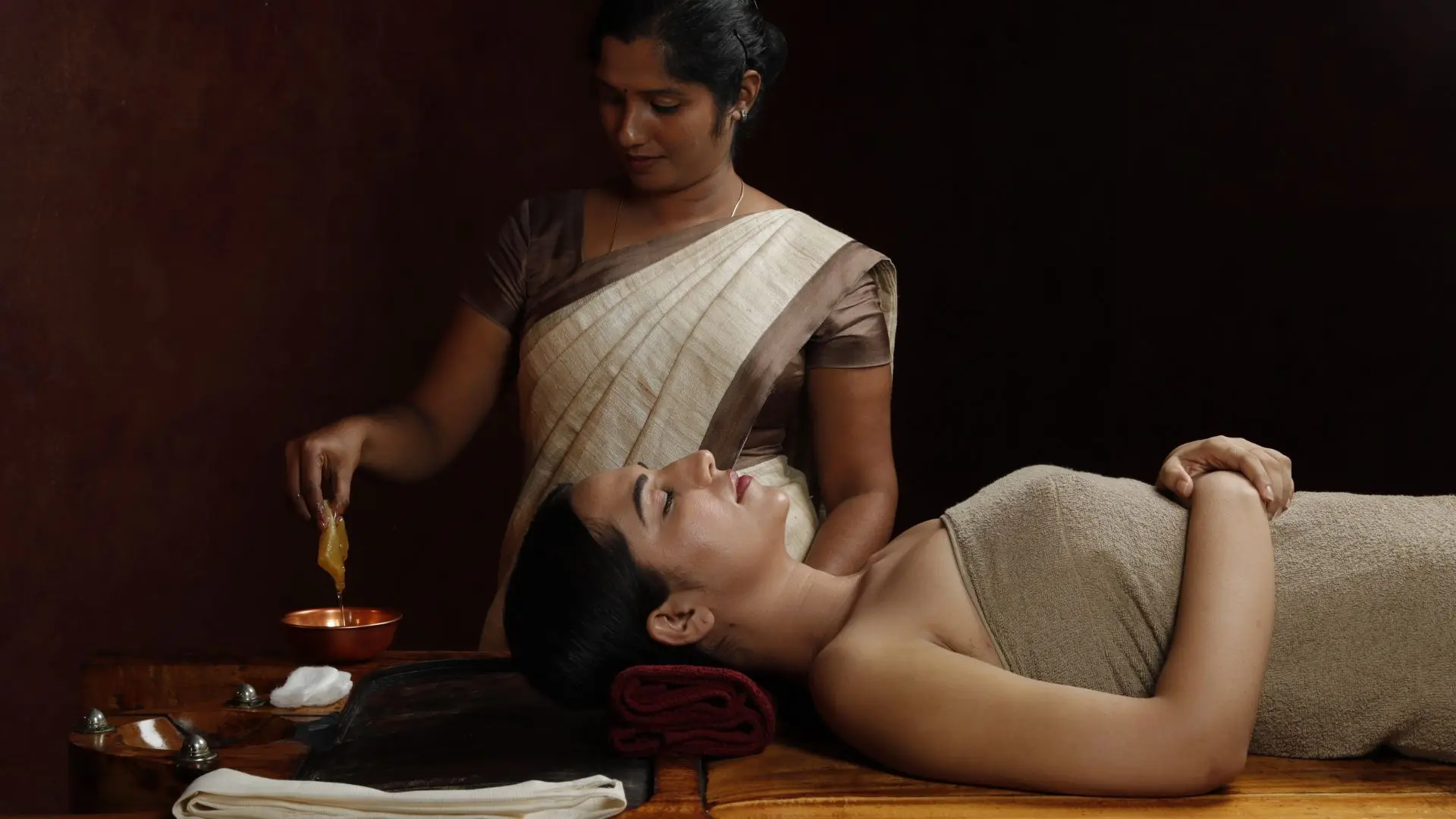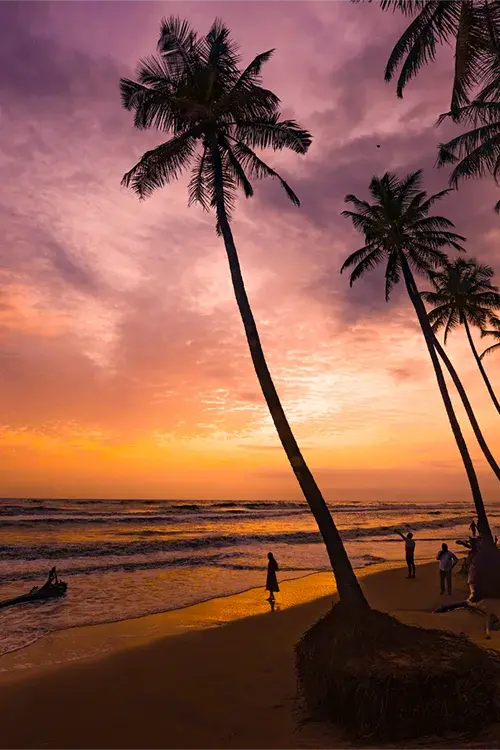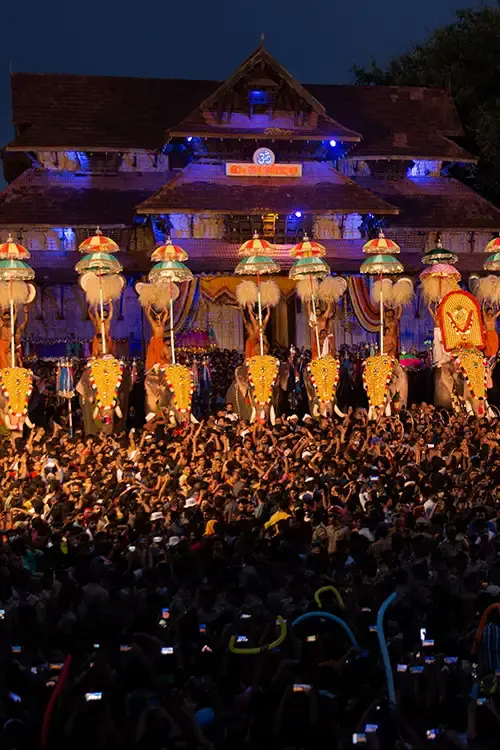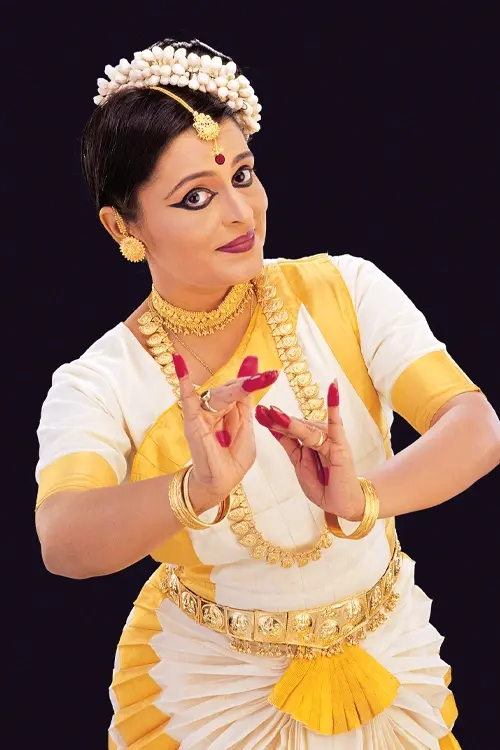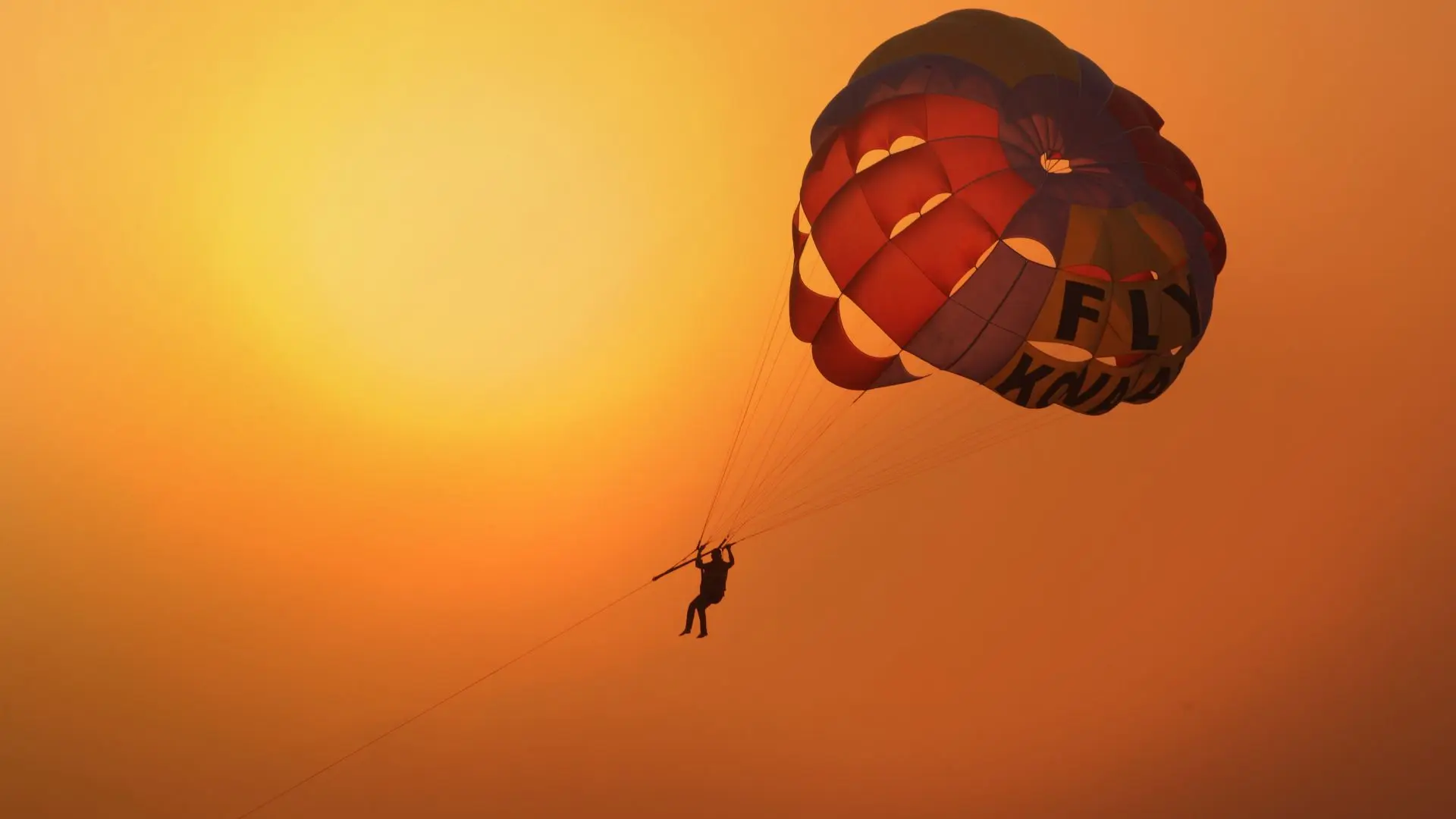Enchanting Kerala
East Fort
Inside the East Fort gate, the single and the foremost attraction still remains the temple dedicated to Lord Padmanabha.
Padmanabha Swamy Temple
As soon as one enters through the East Fort gate, the majestic tower of the Padmanabha Swamy Temple will come into view. Testimony to the building techniques of Dravidian traditions, the Padmanabha Swamy Temple also features the Kerala style of traditional temple architecture. The temple is dedicated to Lord Vishnu and the rulers of Travancore ruled the land by declaring themselves as servants to Lord Padmanabha; a tradition that was started by King Marthanda Varma.
During your visit to the temple, make sure that you follow the dress code prescribed for men and women, which is clearly displayed at the entrance. The temple also doesn't allow entry for non-Hindus.
Just like the fort walls of the Fort, the Sree Padmanabha Swamy Temple also has five entrances, facing the East, West, North and South and the 'Thiruvambadi' entrance, which leads to a small temple dedicated to Lord Krishna, alongside the main temple.
Once you are inside the temple, seeing the magnificent ananthasayanam or the reclining posture of the main deity, Lord Vishnu is the highlight of all the sights inside the temple. This deity is noted for its make, which involved 12,000 odd pieces of Salagramam stone and a mortar called Kadu Sarkara. The sanctum sanctorum housing the ananthasayanam has three doorways for sighting the main deity. You would also find the temple walls adorned with a fairly good collection of murals, representing various Gods and Goddesses and also saints.
Another striking feature that would invite your attention inside the Padmanabha Swamy Temple is the Ottakkal Mandapam (portico like structure made of stone), which can be found in front of the sanctum sanctorum. This structure was built from a single large stone and is marked by gold-plated pillars. There is a similar structure close by called the Abhisheka Mandapam, which can be used by visitors for meditation. This is also the place where various items which form part of daily ceremonies get readied. You will also come across inside the temple an architectural marvel in stones called the Kulasekhara Mandapam, which is noted for its pillars that can produce musical notes when tapped.
The seven-storeyed temple gopuram - the pagoda like structure that rises above the main temple entrance facing the East Fort gate is a majestic structure that resembles temple architecture followed in the neigbhouring state of Tamil Nadu. On paying a prescribed fee, you can climb to the top of this gopuram and can enjoy a very good view of the city and also most of the temple units. This gopuram has its top lined by seven domes of gold, which would glitter brightly in daylight. The first storey of this gopuram has a display of sculptures depicting the ten incarnations of Lord Vishnu, the presiding deity of the temple.
Palaces inside the East Fort
Apart from the towering presence of the Padmanabha Swamy Temple, the East Fort also has several palace units. These palaces were once used as dwelling places of princes and princesses and some of them were also meant for guests of the Travancore royal family.
Among the palaces in the East Fort area, the Ananthavilasam Palace is considered the most beautiful of all. Built by King Vishakam Thirunal in 1880, you would find this palace located to the south of the Padmanabha Swamy Temple. The palace follows the Barouque and Rococo styles of architecture.
Near the Ananthavilasam Palace is the Krishnavilasom Palace built by King Sree Moolam Thirunal in 1885. The architecture of this palace is an interesting mix of traditional and the western. A prominent one among palaces inside the Fort is the Sree Padam Kottaram, which is one of the oldest palaces inside the fort. Situated to the north of the Padmanabha Swamy Temple, the palace has played host to kings and queens who arrived to participate in the temple rituals.
Other notable palaces inside the East Fort include the Saraswathivilasam and the Sundaravilasam palaces. The Saraswathivilasam Palace is noted for its high walls and roof, long verandahs, arched gates and circular pillars. It was built towards the end of the 19th century. Located close to the Saraswathivilasam Palace is the Sundaravilasam Palace, built by King Sree Moolam Thirunal. The palace is also the venue for Pallivetta or royal hunt a ritual observed as part of the annual Arattu festival at the Padmanabha Swamy Temple.
Your visit to East Fort will not be complete without the Kuthiramalika and the Navarathri Mandapam. You can find the Kuthiramalika or the Horse Palace on the left side of the road leading to the Padmanabha Swamy Temple. It is also known as the Puthenmalika and was built in 1844 by King Swathi Thirunal, known for his musical prowess. The palace takes the name Horse Palace from the wooden carved structures of prancing horses, which you can notice along the entire length of its upper floors. Kuthiramalika these days has a museum housing rare artifacts belonging to Travancore kings, various types of weapons and includes a three dimensional painting by Nicholas Roerich.
Navarathri Mandapam is situated on the right side of the East gopuram of the Padmanabha Swamy Temple and is the venue for the annual Navarathri celebrations. Navarathri is the nine day festival in the month of October, in honor of Goddess Saraswati. The nine nights of the festival are celebrated here with much fervor. During the Navarathri festival the Mandapam gets decorated with fresh flowers and fruits. The entire place is lit by oil lamps. Sandalwood and camphor are used as incense. An indigenous acoustic technology is another interesting aspect of Navarathri Mandapam. Here, you would find an arrangement of earthen pots on the ceiling, kept in place by means of coir ropes tied around the neck from one pot to another. These pots with their open mouths facing down are of different sizes and their mouths are also of different measurements. The pots are not uniformly arranged, but kept in different angles and the thickness of the pots also vary. They serve as sound reflectors and prevent echoes during musical concerts, held as part of the annual Navarathri music festival, attended by musicians from across the country.
Nearby attractions of Padmanabha Swamy Temple
Inside the East Fort gate is the Padmatheertham (meaning lotus spring) pond, located on the eastern side of the Padmanabha Swamy Temple. This temple tank is one of the oldest water bodies in the city of Thiruvananthapuram. On a hot day, sitting by the side of the pool is a soothing experience. Close by you find a clock tower, locally known as the Methan Mani. Above the clock dial, you will find a man's face with two goats on either side. If you have the time, wait and watch what happens when the clock strikes an hour. As the clock strikes an hour, you can see the man opening his mouth and the goats charging from the sides to ram his cheeks.
Still continuing inside the East Fort gate, those among you who are health conscious could walk down to another fort gate at the south eastern part called Vettimurichakotta. Near this gate you may walk into the C.V.N.Kalari a famous centre in Kerala for getting trained in Kerala's martial art form - Kalarippayattu. The centre is also sought by people for seeking relief for health conditions through the Kalari treatment mode. And those of you interested in Ayurvedic health care may visit the Vasudeva Vilasom located close to the Padmatheertham pond on the northern side of the Fort. And what about visiting an ashram for some spiritual exploration? One can visit the Abhedasram, located in front of the Padmatheertham pond on the eastern side of the Fort. There are temples inside the ashram and you can also meet and talk with the members of the ashram and can purchase some of the publications of the ashram.
And if you have plans to do some shopping inside the Fort, then the Rajadhani buildings near the Padmanabha Swamy Temple and street on the southern side near the Vettimurichakotta fort gate is packed with shops. Here, you would come across top class jewellery shops, shops selling traditional Kerala dress materials, curios, handicraft items and a variety of snacks.
As your visit continues inside the East Fort, there is a possibility of watching cultural programs, mostly in the evenings, which are staged at the Karthika Thirunal Theatre and the Theerthapada Mandapam, located opposite the Rajadhani buildings.
The East Fort has witnessed many events in the annals of the erstwhile Travancore Kingdom. It also stood as a silent witness to the development of the capital city of Thiruvananthapuram in the modern era. The entire East Fort area declared by the State Government as a heritage site is one such place in Kerala, where you could still come close to the life and culture of a bygone era.
